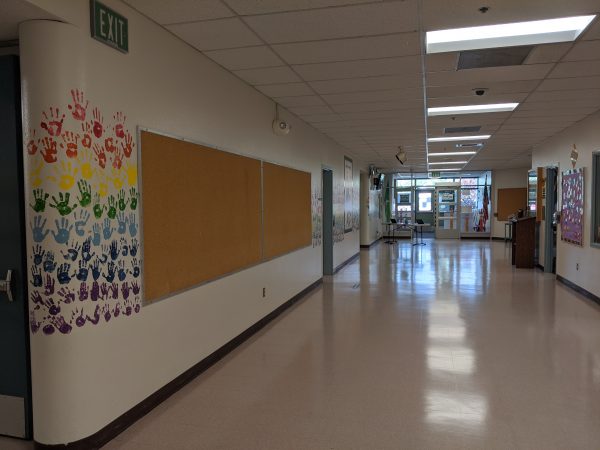
When Dr. Barbara Knox started to evaluate child abuse data from the past year, she noticed an alarming change.
“The cases that are presenting, are presenting inpatient, and it’s the big and the bad,” Knox said. “A serious uptick in cases of abusive head trauma, serious physical abuse.”
Knox is the medical director of Alaska Child Abuse Response and Evaluation Services (Alaska CARES), a clinic at Providence Alaska Medical Center focused on children suffering from abuse.
Many kids in Alaska are just now starting to return to in-person learning after the pandemic forced school buildings to close nearly a year ago. As students return, child welfare advocates are assessing the impact of the pandemic on child abuse.
The number of reports to the Office of Children’s Services decreased by as much as 30% in some months of 2020, and the overall number of evaluations that Alaska CARES completed also saw a slight decrease compared to 2019. But, the number of times an Alaska CARES staff person visited a child who needed to be hospitalized for severe injuries as a result of suspected abuse skyrocketed by 173% in the last year. An earlier version of this story reported a 220% increase, but that did not include four additional consults from December of 2019, according to a Bryant Skinner, a manager at Alaska CARES.
“This absolutely reflects an increase in serious physical abuse and neglect cases,” Knox said.
The lower reporting rate and the spike in severe cases is likely due to a combination of factors, most of them exacerbated by the pandemic, Knox said.
Things like increased isolation, stress from financial instability on families, and school closures, which limited kids’ contact with adults who could help them.
Schools are the single largest sources of reports of child abuse, according to OCS.
Additionally, OCS is seeing the number of children in foster care balloon, and children are staying in foster care for longer periods of time.
Kim Guay, acting Director of OCS, said the pandemic “sent us for a loop.” Many court hearings were moved to telephonic or virtual platforms which created a bit of a learning curve, social workers’ ability to do home studies and home visits were disrupted, and the pandemic made it hard to investigate suspected cases of abuse, especially in rural areas. The issues just compounded over time, Guay said.
“How do we assess safety? We have requirements where you have to see the child that’s in foster care face-to-face every single month. Well, how do you do that when you don’t have PPEs to go to the home?” Guay said. That’s just one example of many logistical obstacles the pandemic created: There are other factors that have kept children in the system.
“There’s so much stress going on families lives,” Guay said. “Is now the appropriate time to put the children back home?”
It’s a multi-pronged issue Guay said OCS is continuing to work through.
Now, as children return to school, Guay said she expects to see the number of abuse reports go up as children interact more with school staff. But advocates stress that’s to be expected: Reports typically dip when students are away from school, such as during summer break, and rebound when they return in the fall.
School staff across the state, including counselors, are preparing to support the transition back to in-person learning, according to Elizabeth Congdon-McGee, acting executive director of the Alaska School Counselor Association and counselor at Whaley School in Anchorage.
“I do believe the mental health and the trauma is going to be coming in our doors full force,” Congdon-McGee said. “Because we don’t know what has been in our kids lives. We see them on a screen, but we don’t know what’s behind that screen.”
Knox said families who may be overwhelmed or struggling should reach out to their medical provider or the Office of Children’s Services to get help finding the resources they might need.
Correction: This story has been updated to clarify that family courts continued to function and were not “closed,” but implemented virtual operations. Child In Need of Aid cases are considered a high priority and have continued to move forward and receive hearings throughout the pandemic.
Reach reporter Mayowa Aina at maina@alaskapublic.org




